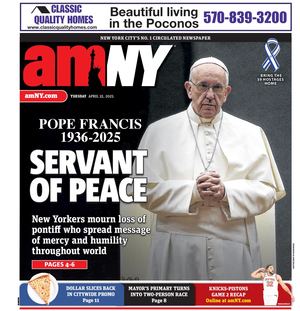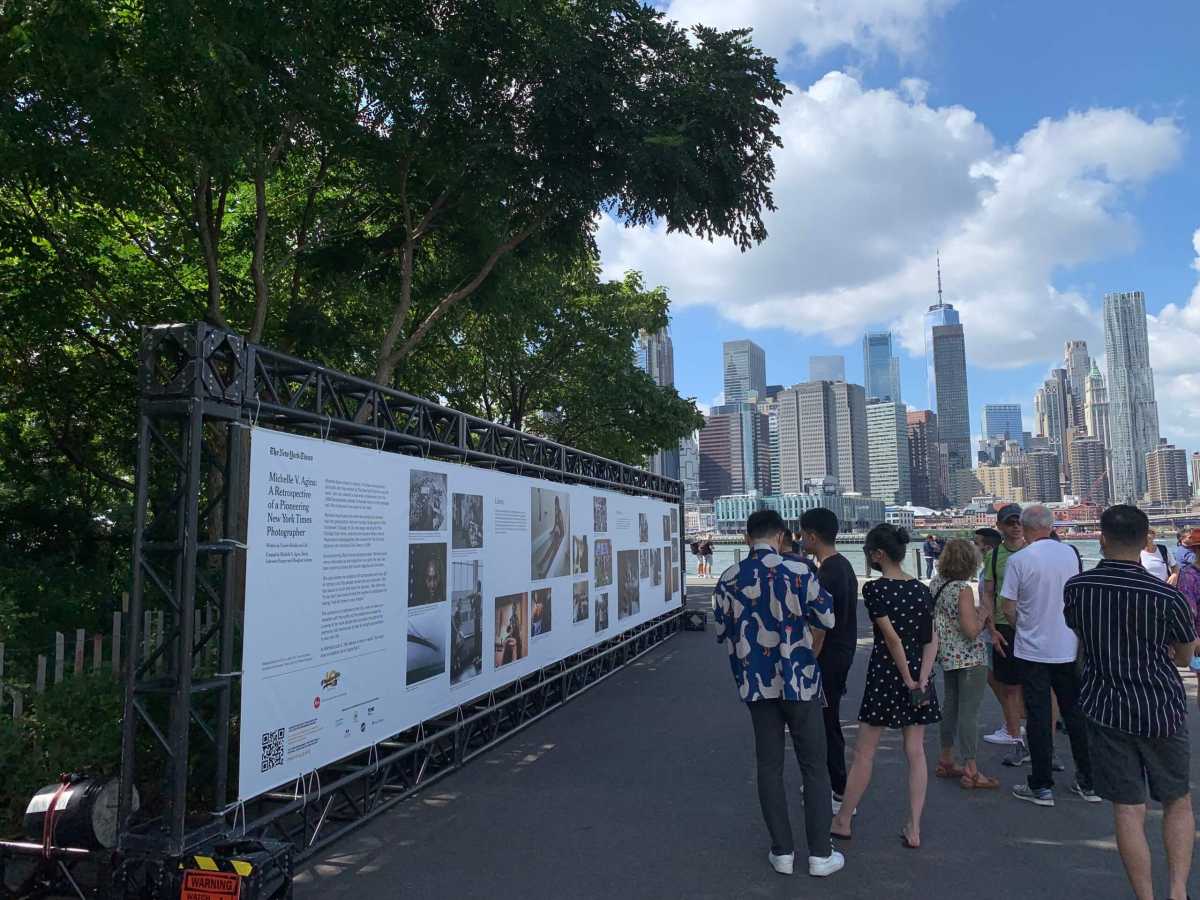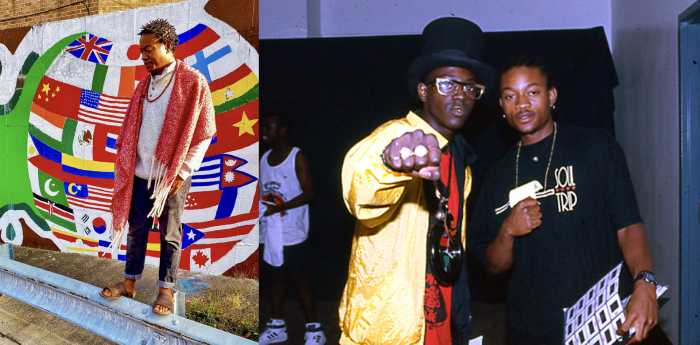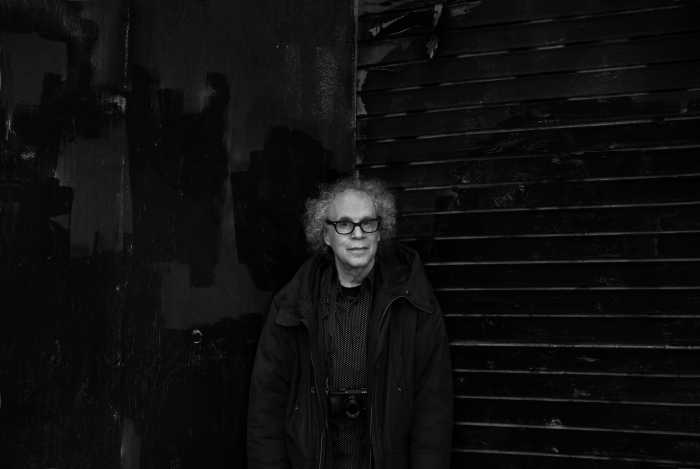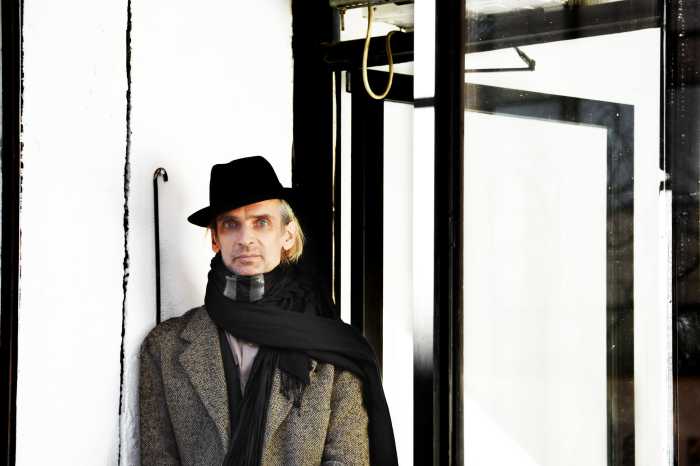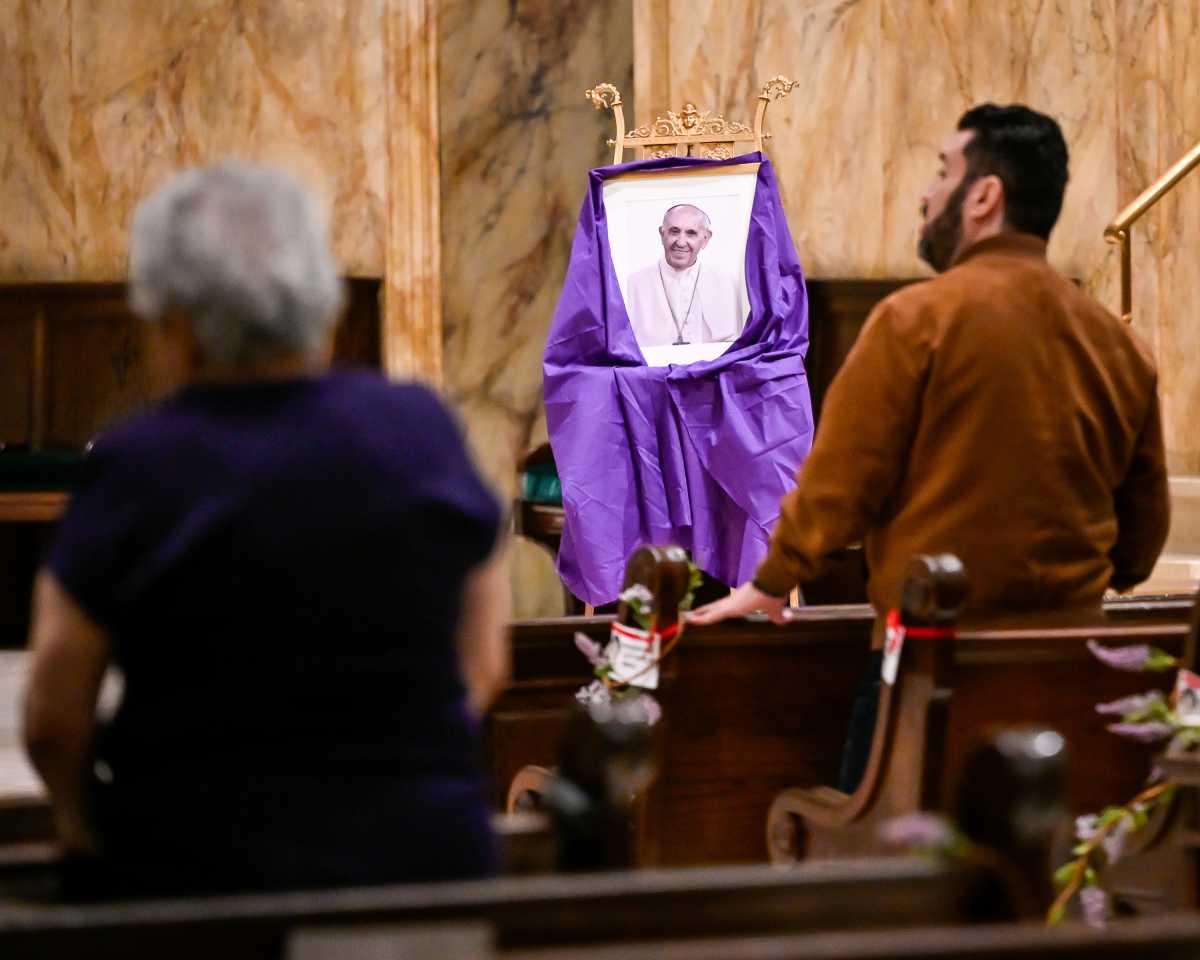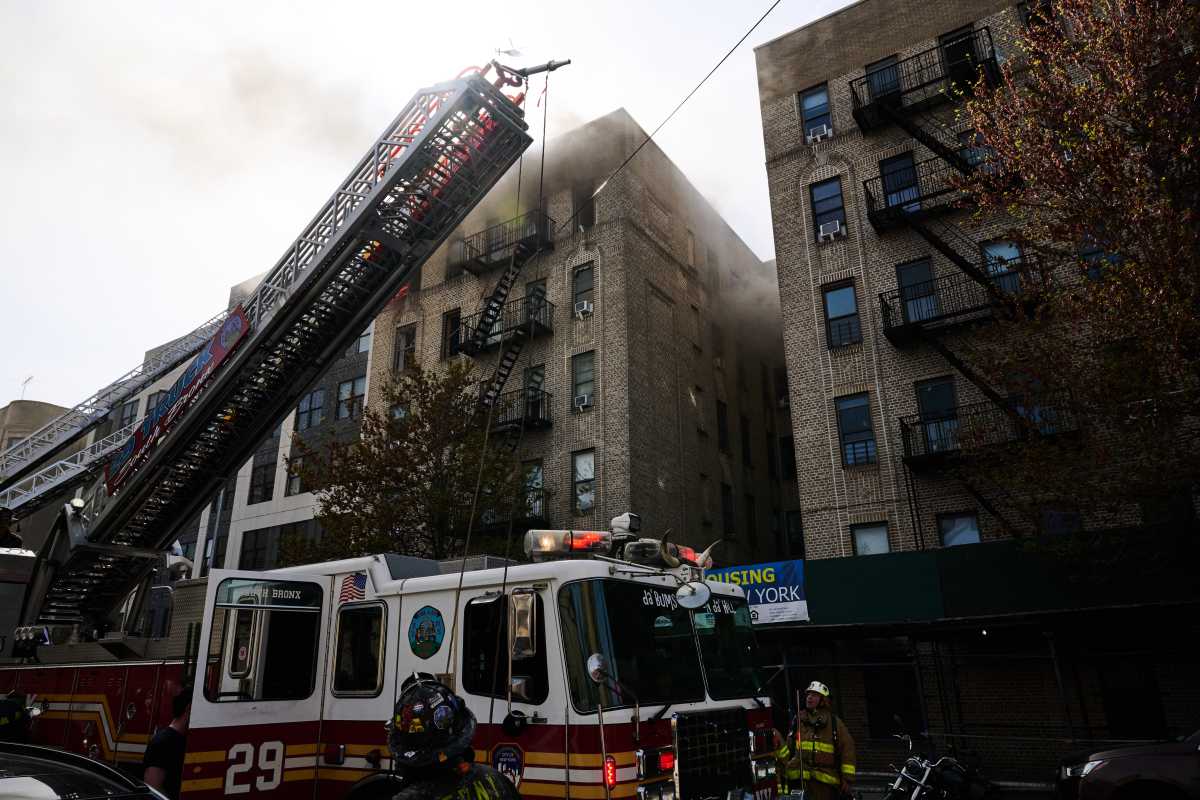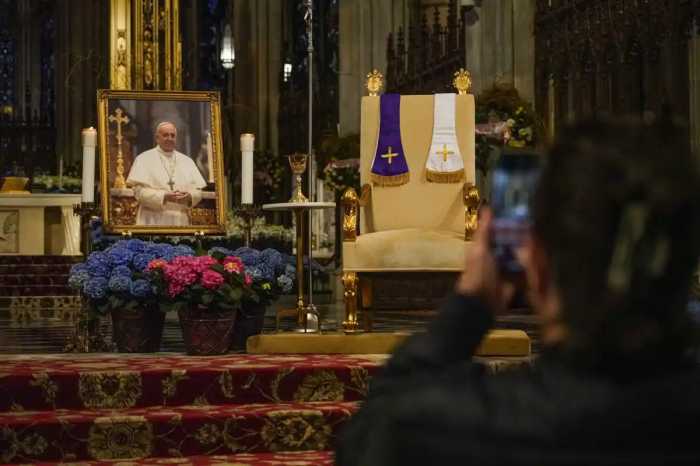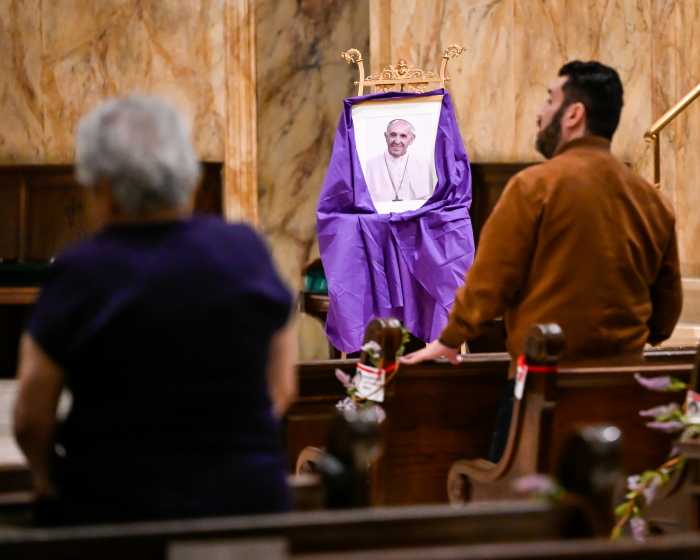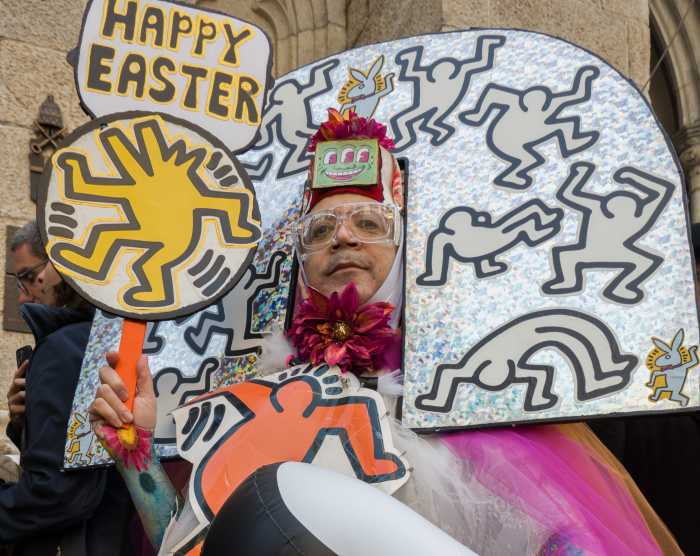Portraits and landscapes, plastered on canvas attached to three-dimensional cubes, tell stories of injustice, freedom, triumph and heartache, lined the East River promenade at Brooklyn Bridge Park in Brooklyn during the 10th Photoville festival on Sept. 18.
The festival exposes photographers’ work and makes visual stories accessible to everyone, said Laura Roumanos, the executive director and co-founder of Photoville.
Over the next 10 weeks, free public art and programming can be found across all five boroughs with 75 exhibitions located in 25 different places across the city. The exhibitions display work of photographers from around the world in the form of photo cubes and canvases.
“As soon as we got into the park we saw these things pop up which is really cool,” said Emma B., a New York college student. “It brings that art up from the underground. It could be in a magazine, stuffed in a boutique, but it’s here in front of the skyline and it forces you to look at it as a part of the city.”
As people walk along the water, they can learn about what is going on in different parts of the city and the world through the art of photography.
Breaking barriers to access
Angel Gonzalez, who accidentally stumbled upon the exhibitions on Saturday, said Photoville is bringing art to the people instead of making people come to the art.
Photoville eliminates having to go to a museum or gallery to experience art.
“People from all walks of life, including tourists and New Yorkers, get to interact and see the work of different photographers,” said Walis Johnson, a New Yorker who walked through Brooklyn Bridge Park on Saturday.
Gonzalez said Photoville is a great way to experience art without worrying about money or time.
“It’s a limiting factor how many museums someone can pay for in a day and sometimes you don’t have the time to walk through a whole museum,” he said.
Photoville also makes sure location is not a barrier to experiencing art, said Free Mondesire, a Photoville volunteer from the Bronx.
“Having exhibits in all five boroughs is really important because everyone can’t always come to one location,” Mondesire said.
This year, Photoville expanded to work with more partners around the city.
“It’s really wonderful to be able to show such important work to more people,” Roumanos said.
Telling important stories
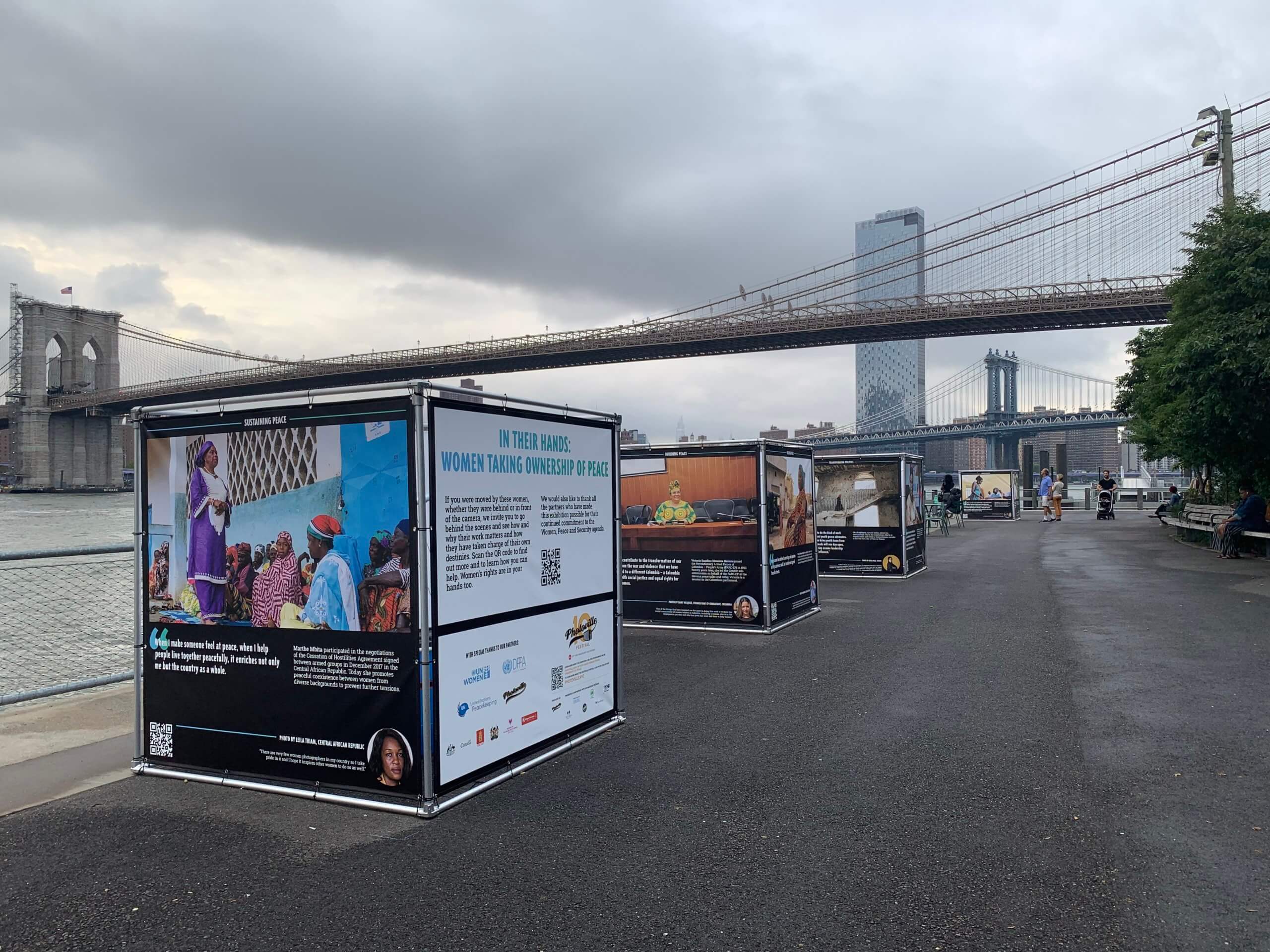
Each exhibition offers an important lesson for viewers to learn.
“It brings you back to traditional photography, and the purpose of photography is to tell a story,” Emma said.
The photographers Photoville includes in the festival work to tell stories that are relevant to what’s happening in the world today.
“We see performative activism on social media, but people tend to scroll past it because of the overflow of information,” said Aliya M, a college student who viewed the exhibitions on Saturday. “It’s different when it’s actually in your space and it’s so personal. It’s in your face and it’s not something you can just scroll past.”
The photo cubes combine art and politics through pairing the photographs with text and quotes, and that’s really beautiful, Aliya said. And each of the cubes are so different, she said.
Aliya said the exhibitions not only expose what is going on in different parts of the city but make people curious about the different communities photographed.
In Brooklyn Bridge Park, an exhibition by Kichwa photographer Eli Farinango called “Runa Kawsay: The Roots That Sustain Us,” explores the nuances of Indigenous Kichwa identity from the personal experiences of the Kichwa community living in Turtle Island (North America.)
Roumanos hopes festival attendees will gain a greater understanding of the world and be able to empathize with other people’s experiences through photography.
“We feel that public art is a really great way for people to understand the world better. And what better way to understand the world than with photos?”
Appreciating photographers
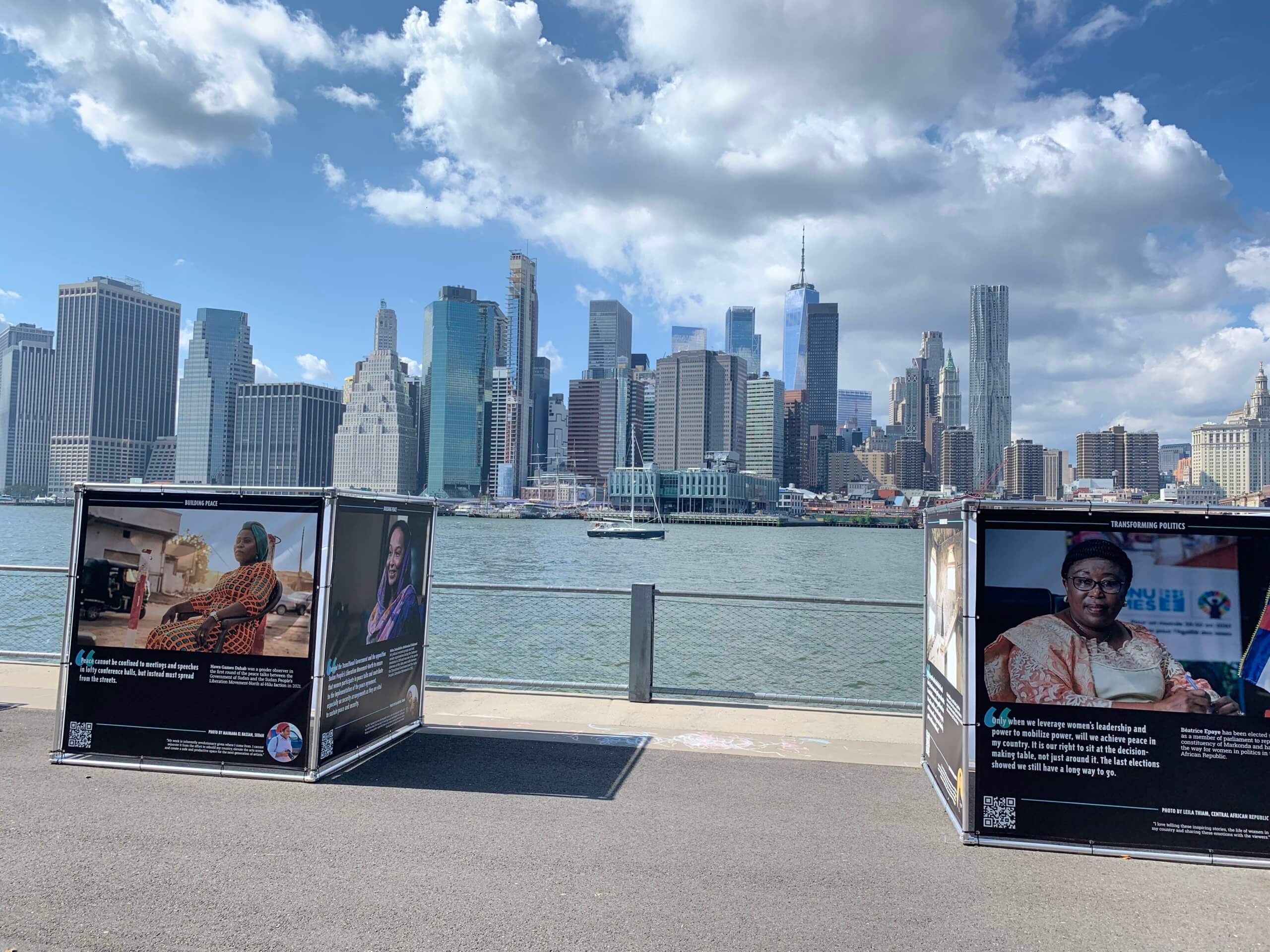
Roumanos hopes the festival will create awareness of how valuable the photography industry is and help expose the work of photographers, she said.
“I wouldn’t know about these photographers if it wasn’t for this,” Aliya said.
Justyn Hochheiser, a New Yorker who picked up photography as a hobby, said the festival is great for the photography community.
“It means something to have your photo out for everyone to see,” Hochheiser said.
The exhibitions also give younger generations a chance to appreciate printed photos while providing the older generation with a sense of nostalgia of how photography used to be before smartphones.
“When you see it (the photograph) big and blown up you think, ‘oh I’ve never looked at it that way,’” Mondesire said.
Then and now
The Photoville team works year round to plan the festival that brings photographers and the NYC community together.
This year is the second time Photoville has expanded across the city.
For the first eight years, the Photoville festival always happened in Brooklyn Bridge Park. Photoville would create their “photo village” inside four shipping containers. But the pandemic changed this.
Photoville had to think outside of the box — literally.
“When the pandemic hit in 2020, we realized that we couldn’t showcase these exhibitions in shipping containers anymore, but we didn’t want to not have photoville,” Roumanos said. “We wanted to keep going.”
Photoville worked with Brooklyn Bridge Park to display the exhibitions all over the park- on piers and different lawns- photographs engulfed the area. The nonprofit also partnered with the NYC Parks Department, Times Square, Abrons Art Center and other spaces to expand throughout the city.
“It’s a lot of work and it takes a lot of time,” Roumanos said. “But it is absolutely worth it.”
People get excited when they see Photoville is back, especially when they recognize the photographer’s work that is being displayed.
“It’s worth every second when we see people totally embracing the photographers and the stories- It’s worth all of it,” Roumanos said. “When we see folks read the captions, and look at the work and start taking photos and you know they’re writing messages, that means the world.”
Photoville was founded by a group of three people in Brooklyn who were committed to involving all people with the world of photography and wanted to make a difference in the lives of photographers. Photoville works with other nonprofits, independent curators and photographers, the United Nations, the New York Times and National Geographic to make the festival happen.
Through the end of November, the festival will feature virtual online storytelling events, artist talks, workshops, demonstrations, educational programs, community programming, and open-air exhibitions across parks and public spaces throughout New York City.
